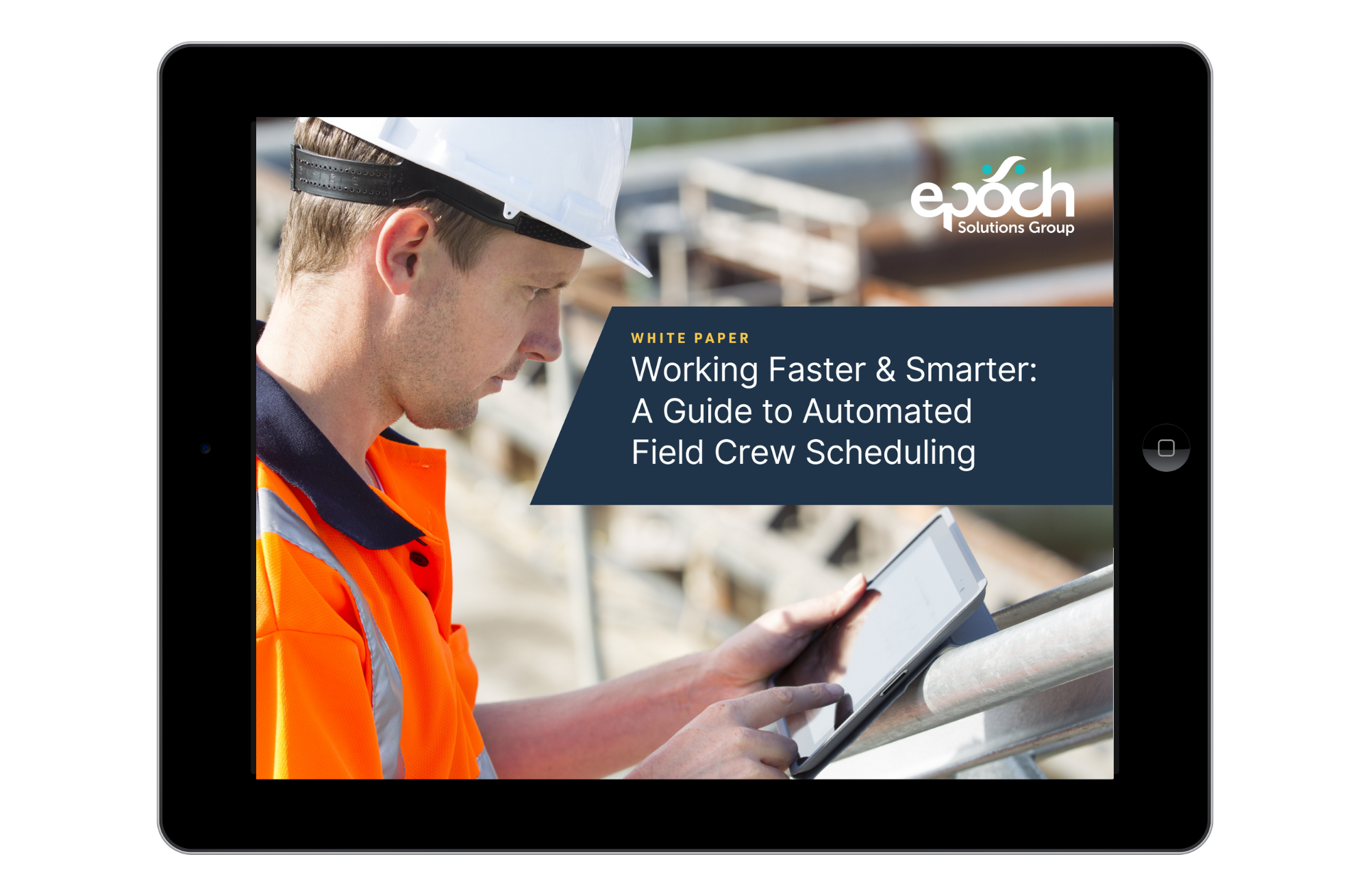It’s well-documented that higher customer satisfaction directly impacts customer loyalty and retention—and that ultimately boosts customer lifetime value and profitability. In a highly competitive industry like telecommunications, the ability to deliver exceptional customer service can reduce the odds of consumers or businesses switching providers and drive down customer acquisition costs.
Yet, telecom providers face a host of challenges when it comes to delivering the service experience their customers expect, from regulatory obstacles to labor constraints to rising costs. With subscriber volume and data usage increasing exponentially, it’s not uncommon for customers to suffer through long on-hold times or experience delays and difficulties in getting their service issues resolved satisfactorily.
Download the Guide to Learn:
- Trends impacting telecom customer service
- Challenges that telecom providers face in delivering the service experience today’s consumers and businesses demand
- Five telecom workflows that can improve customer service through automation
- Use cases that illustrate the impact that telecom asset management software can have on customer service




